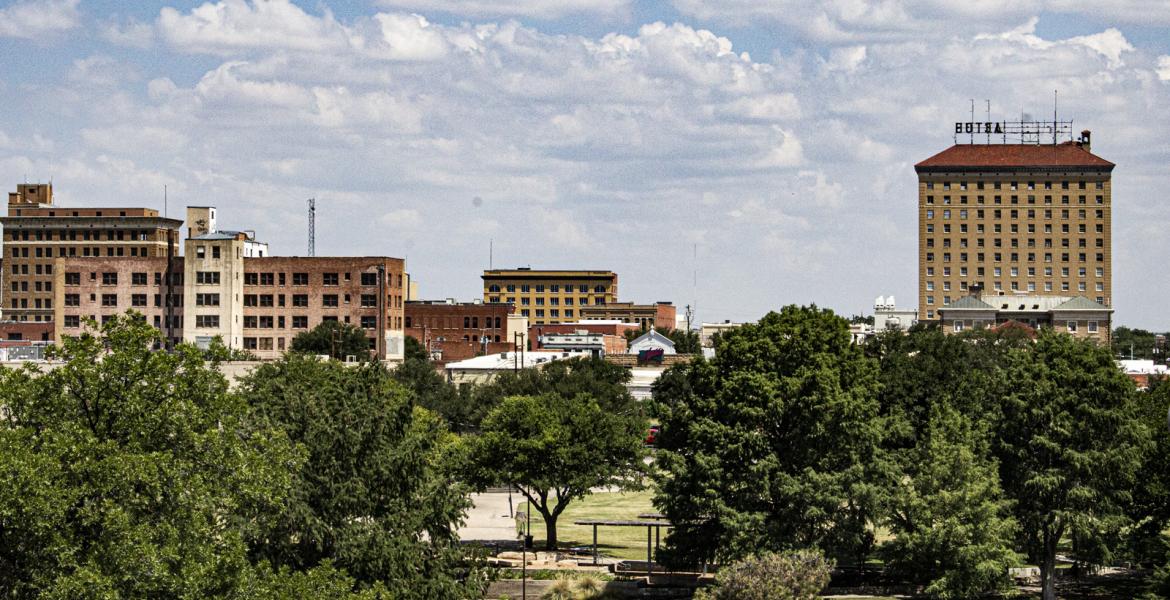SAN ANGELO, TX - The upcoming full Moon, set to appear today, August 19, will combine the phenomena of a supermoon and a Blue Moon, according to NASA.
This supermoon is the first of four consecutive supermoons this year, making it the largest and brightest full Moon of 2024. The Moon will appear full for three days, from Sunday morning through early Wednesday morning, information stated.
The term “supermoon” was coined by astrologer Richard Nolle in 1979 and refers to a full Moon that occurs when the Moon is within 90% of its closest approach to Earth, making it appear larger and more luminous. Although the Moon will not take on a blue hue, it is termed a “Blue Moon” as it is the third full Moon in a season with four full Moons, a rare occurrence.
Tuesday night into Wednesday morning, August 20 to 21, Saturn will be very close to the full Moon. As evening twilight ends (at 7:57 p.m.) they will be 2 degrees above the eastern horizon with Saturn 1 degree to the upper left. They will be at their closest about an hour later. The Moon will reach its highest in the sky Wednesday morning (at 1:32 a.m.) with Saturn 2 degrees to the right. When morning twilight begins (at 4:26 a.m.) Saturn will be almost 4 degrees to the lower right of the Moon.
See http://lunar-occultations.com/iota/planets/0821saturn.htm for a map and information on the areas that will actually see the Moon pass in front of Saturn.
Wednesday morning, August 21, at 12:02 a.m., the Moon will be at its closest to the Earth for this orbit, according to NASA.
This full Moon is also known as the Sturgeon Moon, a name derived from Native American tribes in the northeastern United States, where sturgeon were more easily caught during this time of year. Other traditional names for this Moon include the Red Moon, the Corn Moon, and the Barley Moon, reflecting various agricultural and seasonal markers.
NASA also released information for upcoming meteor showers and "sky highlights."
Subscribe to the LIVE! Daily
Required






Post a comment to this article here: